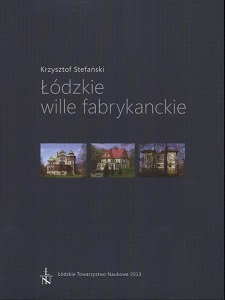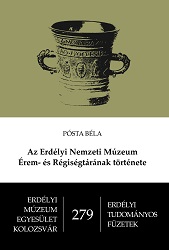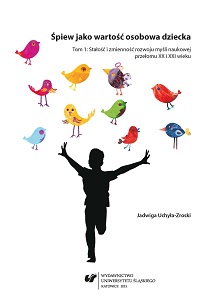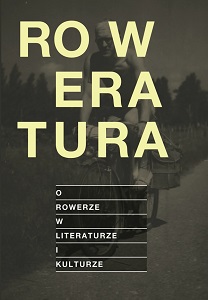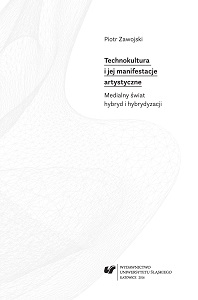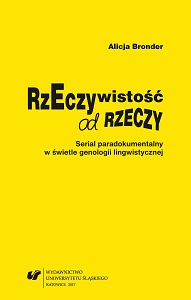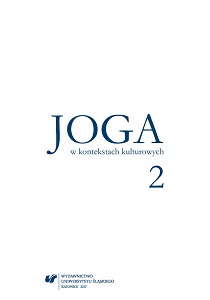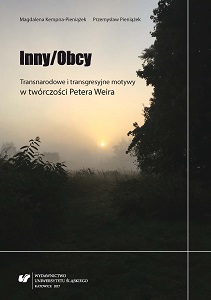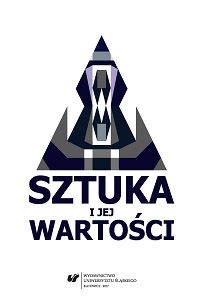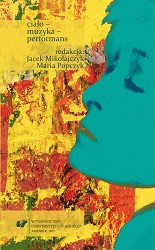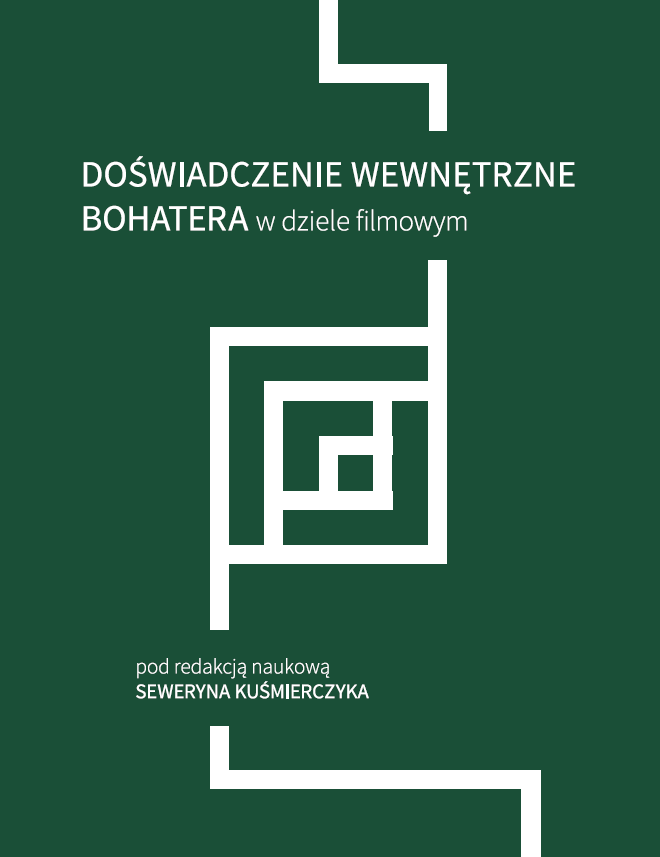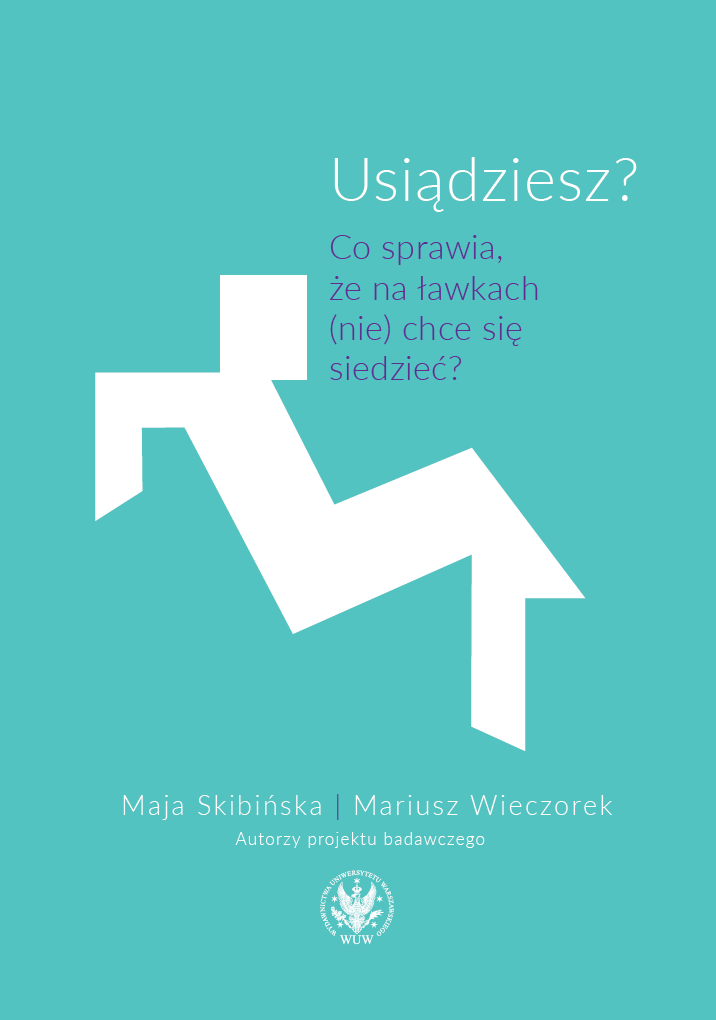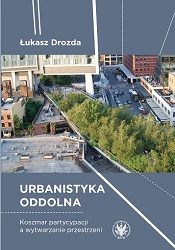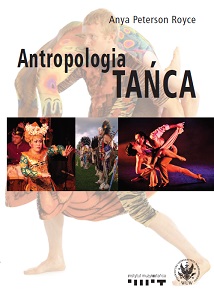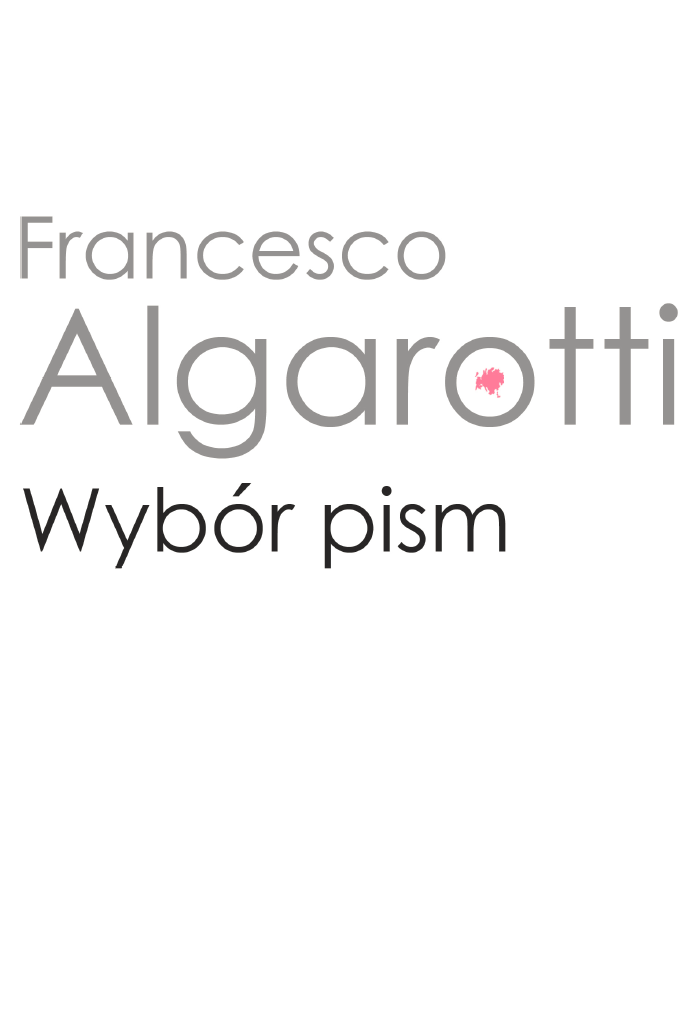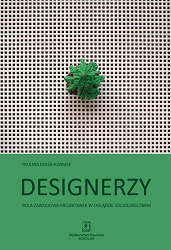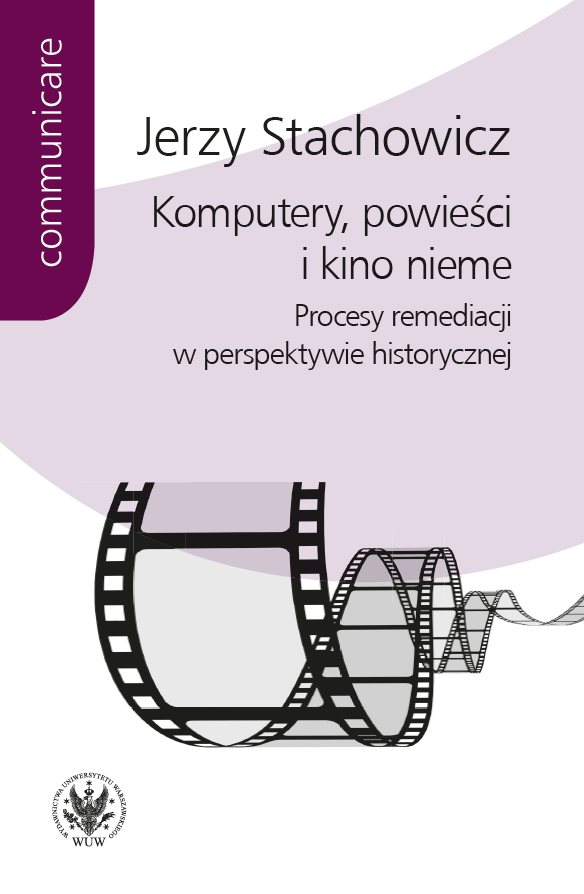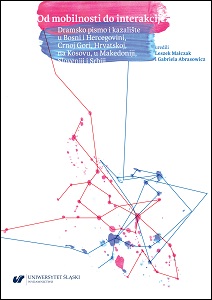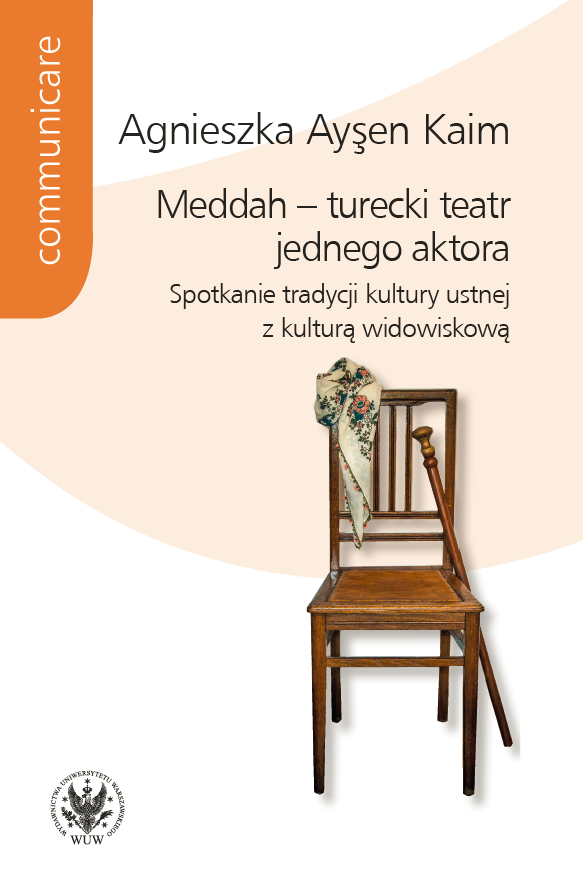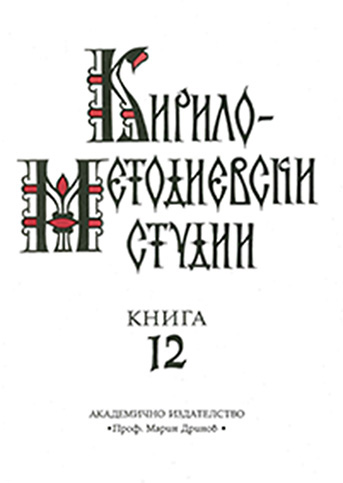Author(s): Béla Pósta / Language(s): Hungarian
The present volume is a delayed edition of a manuscript which was born one hundred years ago, on the Collection of Coins and Antiques of the Transylvanian Museum Society (TMS).Founded in 1859, the TMS was conceived as a replica of the Transylvanian Hungarian society against the neo-absolutist regime, established following the defeat of the Hungarian revolution and fighting for freedom of 1848–1849. Its objective was the salvation, conveyance to the public and scientific analysis of natural and inherited man-made treasures. This noble intention was marked by the establishment of a library, a natural collection, and also a collection of coins and antiques.On the fiftieth anniversary of the TMS, Béla Pósta, professor at the archaeology department of the university and also the manager of the collection of coins and antiques, was asked to present the history and background of the collection he was entrusted with. The invitation was sent at the beginning of 1909 and a year later the manuscript, together with its addenda, was ready to be printed. The publication did not take place however, initially because of a lack of funds and later because of the start of WWI and the political changes that followed this. The manuscript was recently discovered in the archives of the TMS and brought to the attention of those who were interested by Professor Csetri Elek. Although delayed, the publication of the manuscript is motivated by the fact that it is the most comprehensive presentation of the collection and is therefore a reference work for those who are going to come into contact with the past of the museum movement of Cluj and of Transylvania.The history of the collection, which takes up more than half the manuscript, is divided into three shorter periods. Although the initial offers and donations arrived later, the first period (1862–1872) is calculated from the time when Henrik Finály was elected custodian of the collection of coins and antiques; he was charged with organising the collection, which in the meantime became independent. The 25 year long second period, which lasted from 1872 to 1898, was dominated by the takeover of the management of the collection by the recently established university, though this did not compromise the TMS’s ownership of the collection. From that moment on, the pieces of the collection were used in the educational process as well as in obtaining new sources of income, which were used to enrich the collection.The re-housing of the collection, caused by the start of construction work on the ornate new university building, and the death of Finály in 1898 threatened the double collection with a Cinderella-like destiny, but the third period, the next 10 years (1899–1909), which began with the appointment of Pósta, marked the renaissance of the collection. This was a decade of growth and spiritual excitement, its benefits increased vertiginously in the next five years, until the start of WWI. The second half of the manuscript is richly illustrated and presents the objects of the collection in historical order and also catalogues them according to where they came from. Among the acquisitions of the Finály period a number of pieces stand out; the Zsófia Torma collection from Turdaş followed by the Greek helmet discovered at Uioara, the Roman funeral statue (mother and child) from Potaissa, appendages from the princely tomb (Omharus) in Apahida and Albert Bíró’s collection of majolica. During the Pósta period the collection grew constantly by buying valuable new objects (the little bronze statue of Venus from Potaissa, tankards, the altars from Jimbor and Guşteriţa and oriental carpets), and thanks to donations and deposits (vestments and paintings by Hungarian contemporary artists).However, thanks of their scientific value, the most important additions were the acquisitions that came from the archaeological excavations initiated by the new curator (at Iclod, Balsa and Sântana de Mureş), as well by ethnographic collections (fishermen’s tools, embroideries). Among the most recent acquisitions the manuscript mentions are the bronze finds from Uioara, bought in 1909, and the contents of the tombs which came from the migration era cemeteries of Târgu Mureş, excavated in 1909–1910. The Egyptian mummy, which was received in December 1909, was omitted from the list, perhaps because it was not possible to include it with the monuments of Transylvanian history, the basis of the collection. It is clear that the discoveries made in 1910–1911 at the Turdaş, Valea Nandrului, Cioclovina and Cluj excavations, and which substantially modified knowledge of the Paleolithic and Neolithic in Transylvania, and also the period of the Hungarian establishment, remained out of the presentation.The description of the coin collection is missing from the manuscript. István Kovács, Pósta’s disciple, was asked to write this since he was assigned to supervise the collection. The title of the mentioned study appears in a contemporary enumeration of his speciality works, but only an extract of it was published, being the introduction of an article in which is described the jubilee plaque of the TMS. The original manuscript did not come down to us.In the present publication, in the annex of Pósta’s work, one can find Kovács’s article, and thus the reader can get a fairly accurate image of the double collection a hundred years ago. A second annex offers another unpublished manuscript by Pósta, which has the text of the conference dedicated to the presentation of the above mentioned plaque. Most of the pictures are publications of the images selected by Pósta, though a few missing photographs were replaced from other sources. Included in this category is a published image of the plaque, as well as two photographs of some pages from the manuscript dedicated to the double collection.The original manuscripts, and also most of the pictures in the present publication, are in the National Archives, Cluj County Department. After the dissolu tion of the TMS, at the start of the communist regime, its collections were taken to different state run museums in Cluj, but the most valuable pieces were taken to Bucharest. Following the collapse of the dictatorial regime, the Transylvanian Museum Society is still waiting for the restitution of those spiritual items it was deprived of in dark times.
More...
